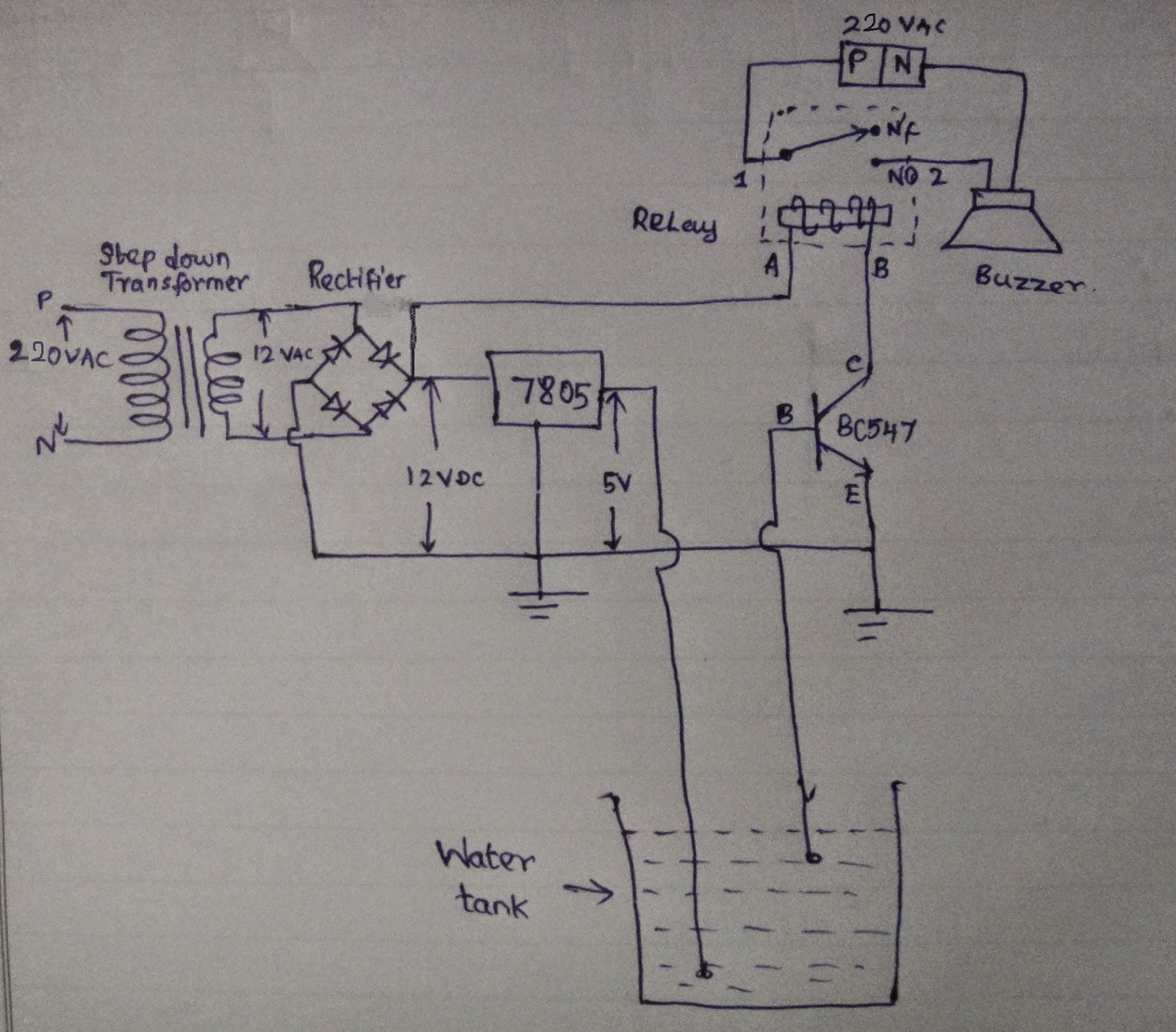SPEED – a buzz word in today’s scenario, is a measure of fastness. Everybody is in a race and wants to run at the fastest speed without tumbling down. ‘Speed’ is used in variety of contexts and is measured using variety of methods in their own contexts.
According to physics, speed is related to motion. Distance traveled by a moving body in a given time is called speed. Other related terms are angular speed, velocity, and angular velocity. Angular speed is the angular distance per unit time. (Linear) Velocity and angular velocity are vector quantities and are defined as displacement (linear/angular) per unit time.
Measurement of speed is of great significance in variety of application involving some form of motion. While moving in a car/ train or flying in an aircraft or sailing in a ship, we are often interested to know how fast we are moving. In engine control systems, it is imperative to know the speed of moving gears (camshaft/ crankshaft). Scientists involved in missile/rocket systems need to know the velocity at various stages of the flight. Similarly, there are many applications where measurement of speed is of interest.
Speed is measured using different kinds of sensors operating on different principles.
SENSING PRINCIPLES
Various kinds of principles are employed in speed sensors. Some of them are listed below
1. Variable reluctance based
2. Hall effect based
3. Eddy Current based
4. Radar Doppler based
5. LIDAR based
6. Accelerometer based
7. Pitot tube based.
8. Pitometer based.
Let's just make on the first two principles...
1. VARIABLE RELUCTANCE SPEED SENSORS
Variable Reluctance (VR) sensors convert mechanical motion to electric energy without direct contact when positioned near a gear, shaft, rotor, or other regularly moving device. The output signal can be fed electronic circuit. The sensor provides a uncomplicated, accurate, reliable, inexpensive transducer for highly sophisticated control systems.
Variable Reluctance sensor consists of a coil of wire wound around a cylindrical magnetic material, typically a ferrous material and is referred to as a pole piece. A magnet is attached behind the pole piece, creating a magnetic field through the pole piece and winding. This magnetic field projects out from the pole piece front, also known as the sensor tip.
As the ferromagnetic material, e.g., gear teeth, flywheel or other target features, pass by the sensor tip, the magnetic field is disrupted. The amount of magnetic flux passing through the magnet, and consequently the coil, to varies. Due to the time varying flux, a voltage is induced in the coil.
When the target feature is moved close to the sensor, i.e. the air gap between the sensor and the target is reduced, the flux increases. When the target is moved further away, the flux reduces. Thus, the motion of the target feature results in a time-varying flux that induces a proportional voltage in the coil. The amplitude and frequency of the induced voltage is proportional to the speed of the target feature.
This voltage signal is fed to the electronic circuitry that processes it to output the signal in the desired format.
Typical applications of these sensors are the measurement of speed of Gear tooth (in Crankshaft, Camshaft) and sensing the turbine speed of a jet engine.
Advantages
Variable reluctance sensors are passive sensors as they don’t require external power supply
As the wire and magnets used are pretty inexpensive, these sensors are low cost sensors
They are light weight, robust and can work in harsh(high temperature and high vibration) environments
Disadvantages
Target material must be ferrous only.
As the magnitude of the induced voltage in these sensors is proportional to target speed, it becomes difficult to design circuitry appropriate for very low speed signals. Thus Variable Reluctance sensors have a definite lower limit on the speed of the target.
Though sensors themselves are cheap, the cost advantage is offset by the additional electronic circuitry required to process the low amplitude induced voltages.
2. HALL EFFECT SPEED SENSORS
Hall Effect speed sensor uses a Hall Effect transducer element between the magnet and the target. As in VR sensors, the induced flux due to movement of the target is detected. But a Hall transducer is sensitive only to the magnitude of flux; it does not sense its rate of change.
Hall Effect speed sensors overcome the limitation of VR sensors of lower speed limit. Hall Effect speed sensors can detect targets moving at arbitrarily slow speeds, or even the presence or absence of non-moving targets. It supports zero speed sensing.
The target material can be either ferrous or magnetic.

Advantages
Signal processing electronics is often integrated into the same package as the transducer. Most Hall Effect speed sensors directly provide a digital output signal that is directly compatible with digital logic, micro controllers, and PLC’s
This reduces the amount of pickup from interference sources, and makes Hall Effect speed sensors highly immune to Electromagnetic Interference induced malfunctions and failures. Operating temperatures are high.


























